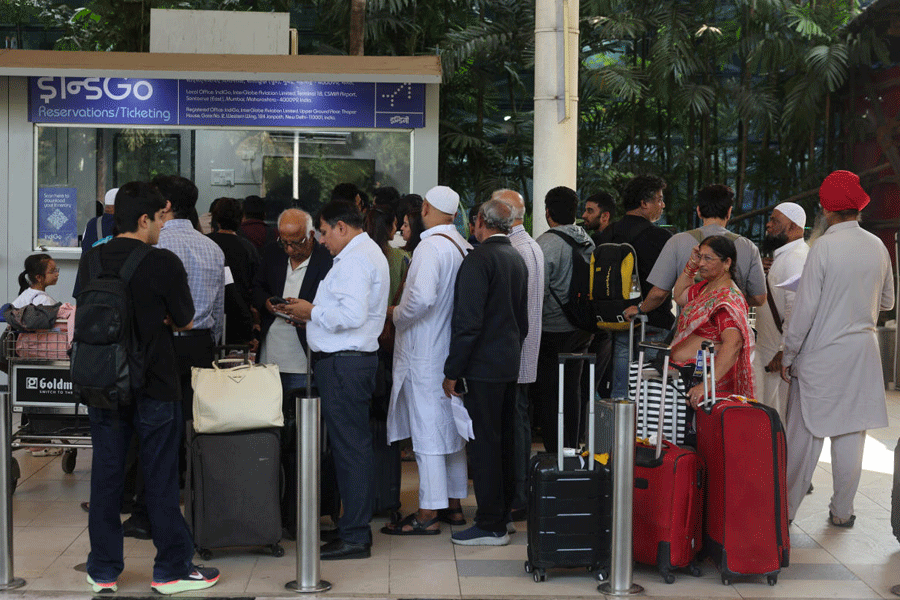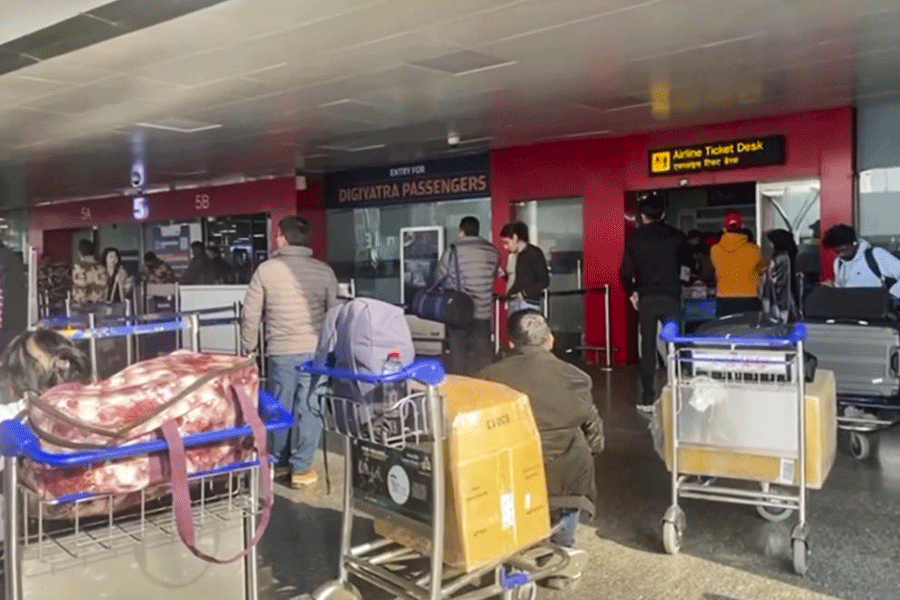Indian Bank has revised its non-performing assets (NPA) guidance for 2025–26, projecting gross NPAs to fall below 2 per cent by the end of the fiscal, following steady recovery performance and credit growth.
The public sector lender reported a gross NPA ratio of 2.6 per cent for the second quarter ended September 2025, improving from the previous quarter's 3.01 per cent.
Managing director and CEO Binod Kumar said the bank’s recovery momentum and controlled slippages have prompted the revision in outlook.
“My credit growth is good. Recovery is happening, and slippages are under control. Hence, we decided to revise the gross NPA outlook to less than 2 per cent for the year,” Kumar told The Telegraph.
“Recovery is happening in all segments. So far this year, we have already recovered ₹3,700 crore out of the annual target of around ₹6,500 crore, and we are on track to meet it,” he said.
The bank clocked 12.65 per cent year-on-year credit growth in Q2 FY26, while fresh slippages eased to ₹1,132 crore from ₹1,357 crore in the same period last year. Kumar reaffirmed the bank’s full-year credit growth guidance at 10–12 per cent.
The lender’s net interest margin (NIM) stood at 3.23 per cent in Q2FY26, down from 3.39 per cent a year earlier. Kumar said margins may bottom out in the current quarter (Q3) before recovering in Q4.
“If there is no further rate cut (from RBI), NIM could see a marginal decline in Q3, but it should start improving from Q4 as both loans and deposits get repriced,” he said. But a rate cut could further put pressure on the margins.
AI boosting efficiency
Indian Bank is increasingly deploying agentic artificial intelligence (AI) tools to enhance loan recovery, improve customer engagement, and the bank sees rising usage in strengthening fraud detection systems.
“Agentic AI is being used to remind customers about their payment schedules and explain the impact of delays on their CIBIL scores,” Kumar said, adding that it is also helping the bank prioritise recovery efforts based on customer response patterns.
The technology has contributed to lower slippages by optimising recovery strategies.
In fraud prevention, AI-driven alerts can be triggered for unusual or high-value transactions inconsistent with customer behaviour, and for suspicious geolocation patterns, for example, when transactions from an account occur almost simultaneously in different cities.
“Going forward, we are going to ramp up some of these measures,” Kumar said, highlighting AI’s growing role in operational resilience and customer risk monitoring.











